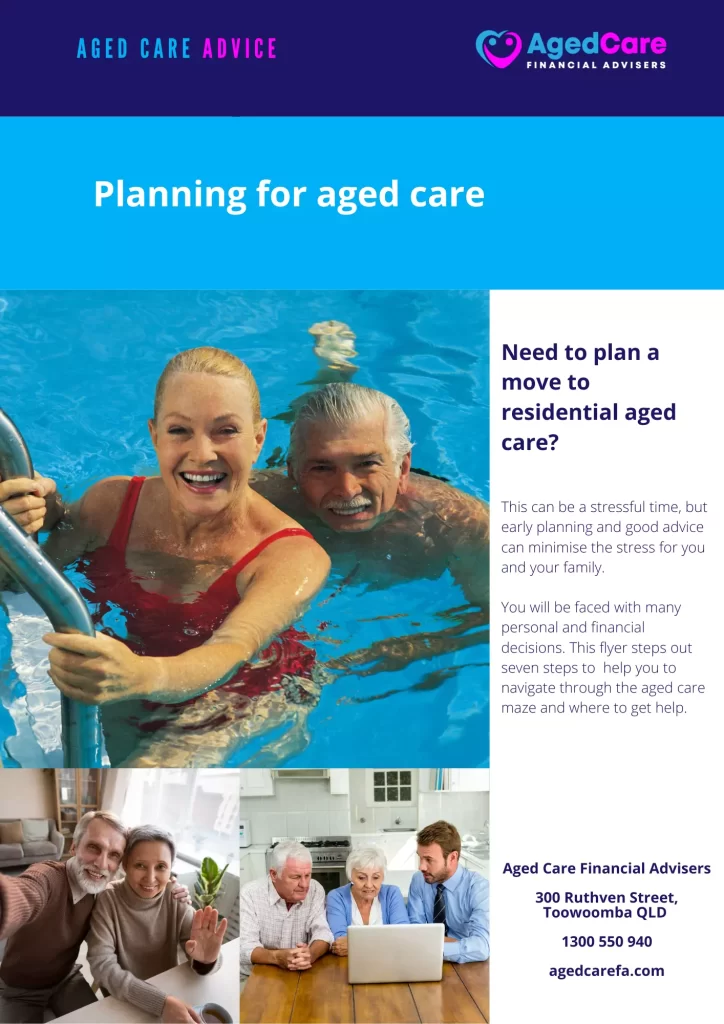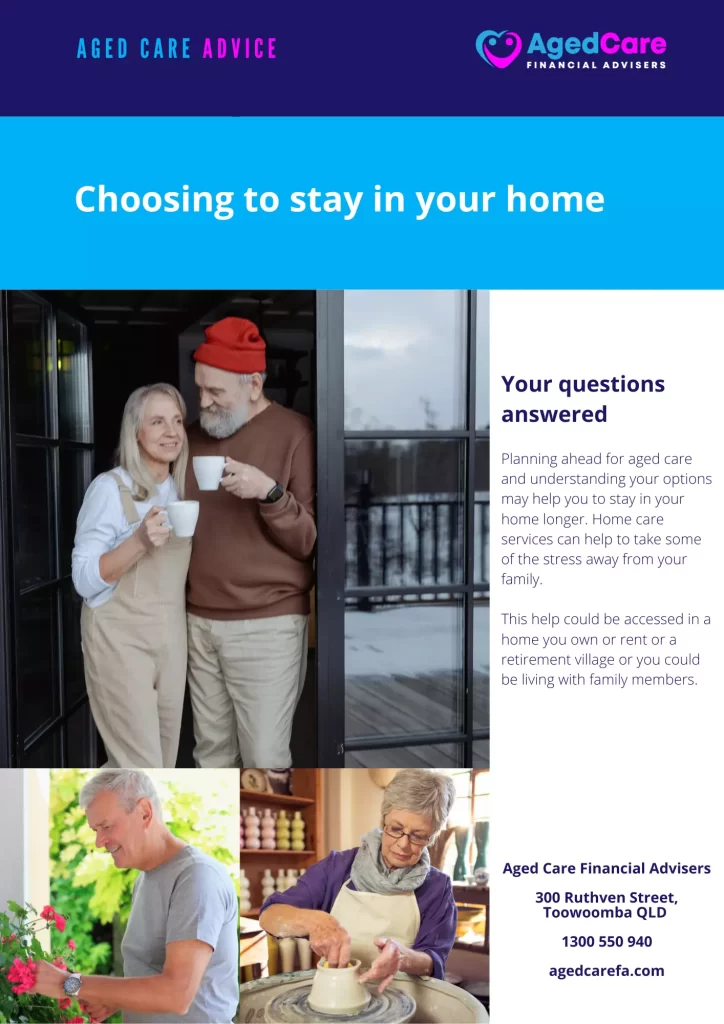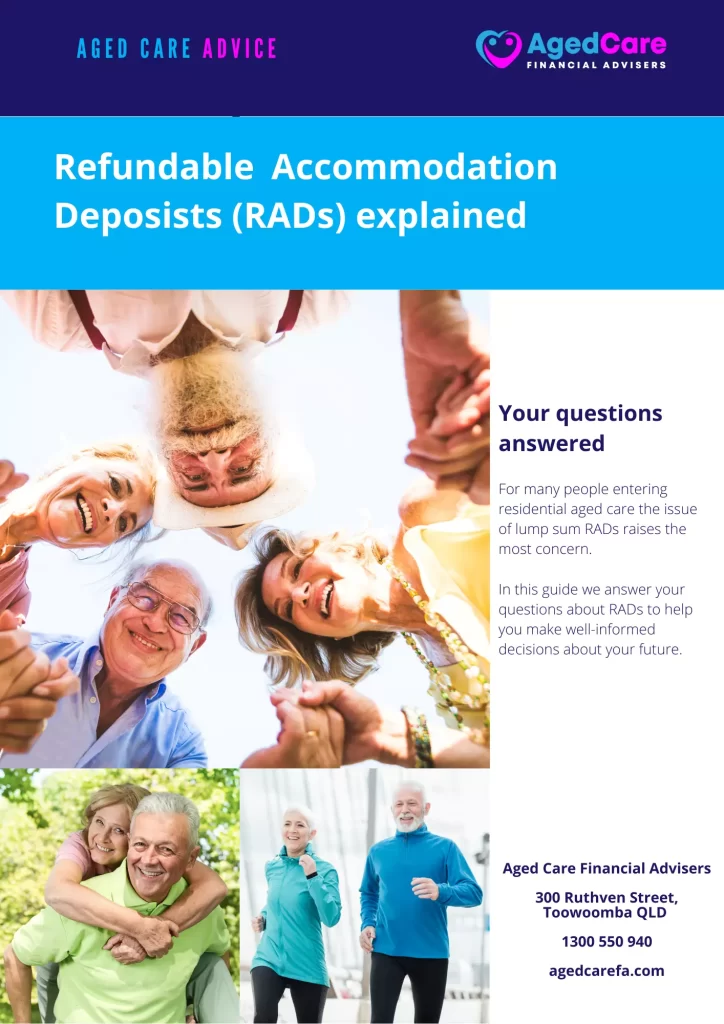The amount you receive after moving into care may change. It may increase or decrease depending on your circumstances and how your income and assets change.
If you are a member of a couple you will still have combined income and assets assessed but you will both start to be paid at the higher single rate of pension.
If you keep your former home, you may continue to be assessed as a homeowner for up to two years with your home remaining an exempt asset for Centrelink and Veterans’ Affairs. If you entered care before 1 January 2017 and structure the arrangements carefully you can even rent your home without the income affecting your age pension. However, the assessment of rental income for aged care fee purposes will depend on when you entered permanent care.
If you sell your home, you will become a non-homeowner but the amount you pay to the service provider as a refundable accommodation deposit (RAD) is exempt for Centrelink and Veterans’ Affairs, and may help to maximise your age pension. This amount is still assessable however, when calculating your means-tested daily care fee.
To ensure you maximise your Centrelink or Veterans’ Affairs entitlements it is important to seek advice from a qualified financial planner to ensure the arrangements are structured properly and to determine whether it is more effective for you to sell or keep your home.









